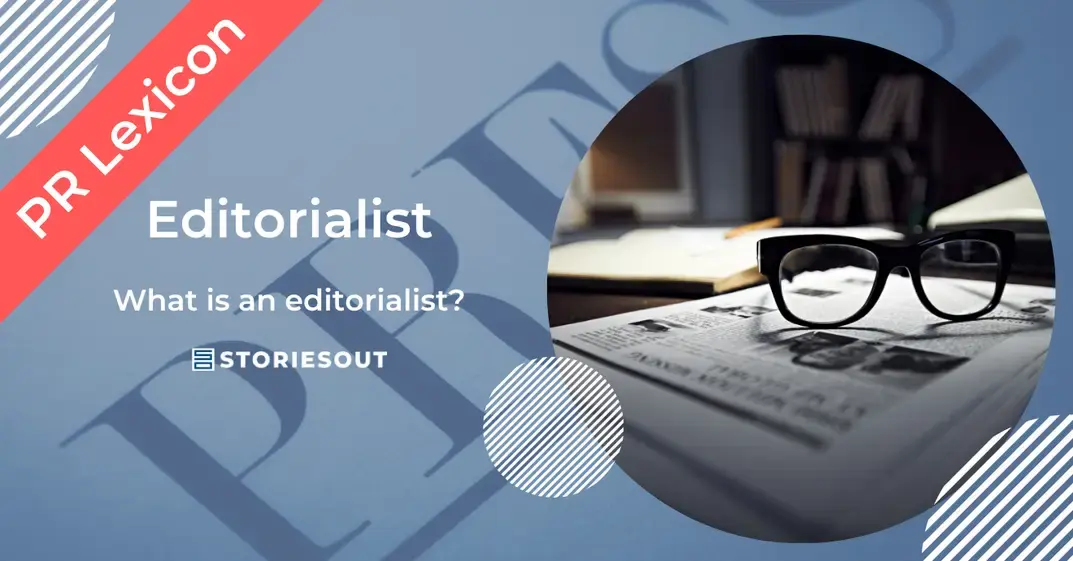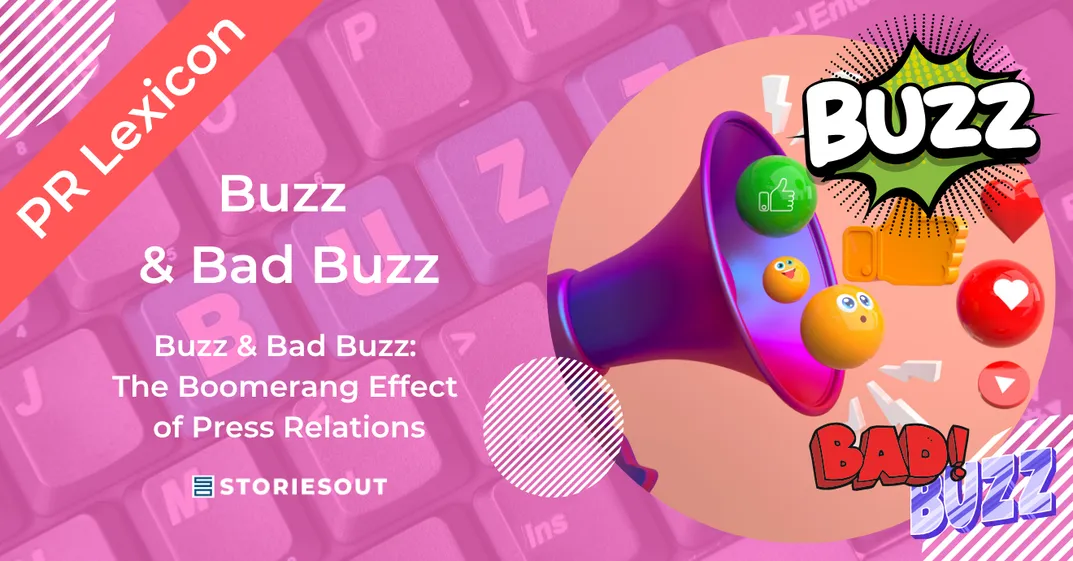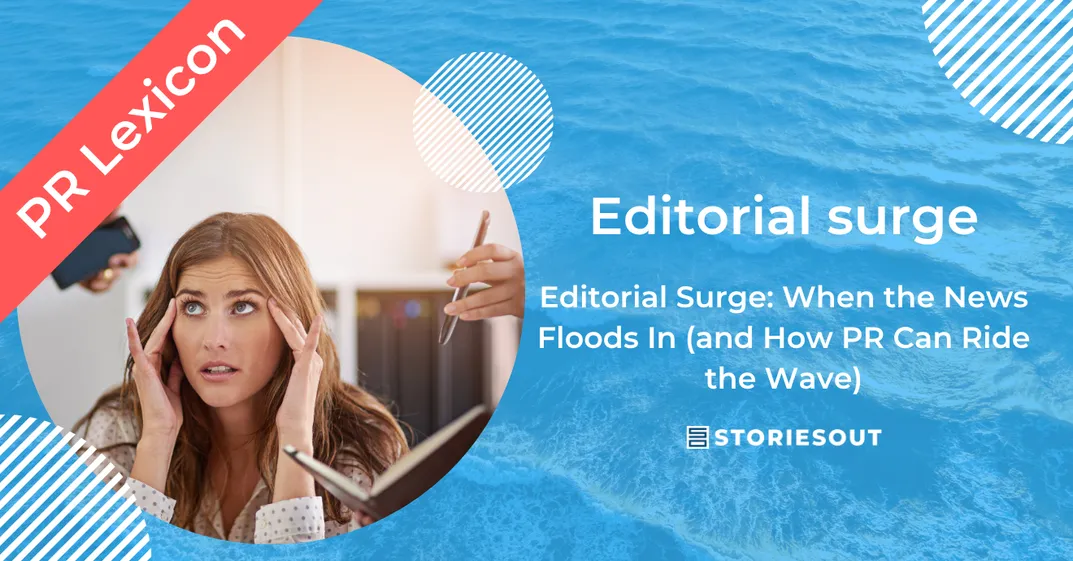In a media landscape overflowing with breaking news, the editorialist stands out as a distinct voice – not just reporting facts, but interpreting them. Far from being a mere columnist or commentator, the editorialist shapes public debate, provides critical insight, and often becomes a recognizable figure within their media outlet.
But what exactly is an editorialist? Where does this role come from? And how should PR professionals approach it in their strategy? Let’s explore.
What is an Editorialist?
An editorialist is a journalist who writes opinion pieces, known as editorials, regularly published in a newspaper, magazine, TV, radio or online media outlet. Unlike reporters who strive for objective reporting, editorialists are meant to offer a point of view, often bold, thoughtful, and well-argued.
In many cases, they become the “voice” of the media, reflecting and reinforcing its editorial stance. Their work is less about relaying news, and more about framing it, analysing it, and challenging readers or viewers to see the bigger picture.
Where Does the Role Come From?
The editorialist has its roots in the opinion press of the 19th century, when newspapers openly aligned with political ideologies and used editorials to assert their views. Over time, as journalism professionalized and neutrality became a journalistic ideal, the editorial evolved into a distinct format for structured, expert opinion.
Today, editorial pieces remain a hallmark of media identity, especially in national outlets. Some editorialists, through their tone, consistency and expertise, have become influential figures in public debate.
What Role Does an Editorialist Play in a Media Outlet?
The editorialist holds a unique position in the newsroom. Not necessarily involved in day-to-day reporting, they provide commentary from a higher vantage point, aiming to:
- Give meaning to events, through personal but reasoned analysis
- Anchor the outlet’s worldview in a consistent editorial line
- Fuel public debate, often with provocative or challenging takes
- Sometimes, personify the brand voice (think of prominent editorial signatures in major dailies)
They are not mere opinion-givers. A good editorialist is respected for their insight, not just their style.
Editorialists and Public Relations: A Complex Equation
For PR professionals, editorialists are not typical media targets. They won’t pick up your press release about a new product or quarterly results. But they are highly strategic contacts when:
- Your topic involves societal, ethical, or political implications
- Your organisation wants to engage in deeper public reflection
- You’re looking to shift narratives or reposition your brand
However, don’t treat them like influencers. Editorialists are seasoned journalists with critical thinking skills and strong ethical standards. Avoid spin. Instead, offer well-reasoned arguments, insights, or thought leadership pieces. Be transparent about your position and avoid manipulation.
In Summary
An editorialist is not a news anchor, nor a PR echo chamber. They are critical thinkers, public commentators, and at times, the moral compass of their media. For communication professionals, understanding this role means adapting your outreach – less pitching, more engaging. And when the timing and topic are right, an editorialist can amplify your message in a powerful, lasting way.




